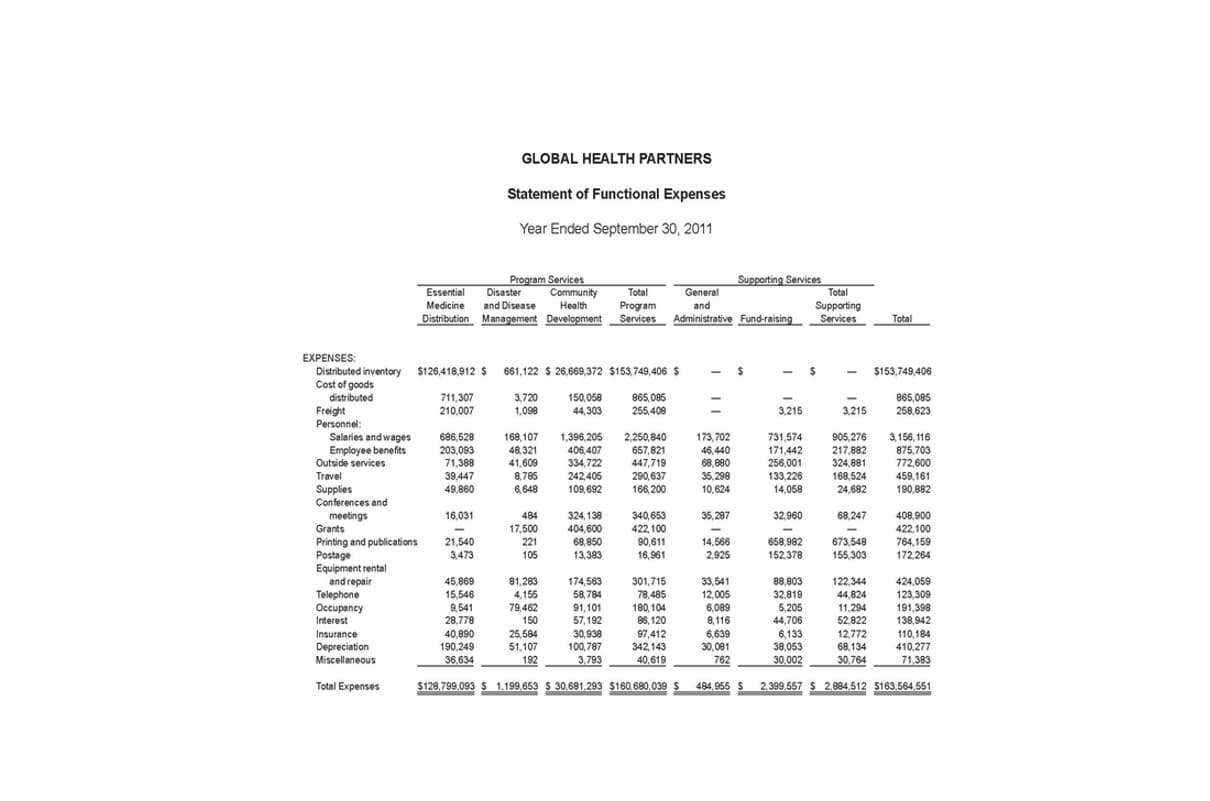
The best contribution margin is 100%, so the closer the contribution margin is to 100%, the better. The higher the number, the better a company is at covering its overhead costs with money on hand. The benefit of expressing the contribution margin as a percentage is that it allows you to more easily compare which products are the most valuable to your business. Here, we are calculating the contribution margin on a per-unit basis, but the same values would be obtained if we had used the total figures instead.
What Is Activity-Based Costing? Definition and Examples
Furthermore, per unit variable costs remain constant for a given level of production. With a contribution margin of $200,000, the company is making enough money to cover its fixed costs of $160,000, with $40,000 left over in profit. To convert the contribution margin into the contribution margin ratio, we’ll divide the contribution margin by the sales revenue. However, this implies that a company has zero variable costs, which is not realistic for most industries.
Variable cost
The gross sales revenue refers to the total amount your business realizes from the sale of goods or services. That is it does not include any deductions like sales return and allowances. Sales revenue refers to the total income your business generates as a result of selling goods or services. Furthermore, sales revenue can be categorized into gross and net sales revenue. So, you should produce those goods that generate a high contribution margin.
Contribution Margin Per Unit
As of Year 0, the first year of our projections, our hypothetical company has the following financials. As the first step, we’ll begin by listing out the model assumptions for our simple exercise. One common misconception pertains to the difference between the CM and the gross margin (GM). Managerial accountants also use the contribution margin ratio to calculate break-even points in the break-even analysis.


In other words, it measures how much money each additional sale “contributes” to the company’s total profits. Where C is the contribution margin, R is the total revenue, and V represents variable costs. Reduce variable costs by getting better deals on raw materials, packaging, and shipping, finding cheaper materials or alternatives, or reducing labor costs and time by improving efficiency. The contribution margin (CM) is the profit generated once variable costs have been deducted from revenue. The difference between variable costs and fixed costs is as follows. This is because the contribution margin ratio lets you know the proportion of profit that your business generates at a given level of output.
- The ratio can help businesses choose a pricing strategy that makes sure sales cover variable costs, with enough left over to contribute to both fixed expenses and profits.
- Variable expenses directly depend upon the quantity of products produced by your company.
- Year 1 and onward—we’ll assume that each line item will grow by the following figures (i.e., step function).
- Very low or negative contribution margin values indicate economically nonviable products whose manufacturing and sales eat up a large portion of the revenues.
- This is because the contribution margin ratio lets you know the proportion of profit that your business generates at a given level of output.
- As a result, a high contribution margin would help you in covering the fixed costs of your business.

Alternatively, the company can also try finding ways to improve revenues. For example, they can simply increase the price of their products. However, this strategy could ultimately backfire, and hurt profits if customers are unwilling to pay the higher price. In short, profit margin gives you a general idea of how well a business is cash flow doing, while contribution margin helps you pinpoint which products are the most profitable. Let’s look at an example of how to use the contribution margin ratio formula in practice. We’ll start with a simplified profit and loss statement for Company A.

The analysis of the contribution margin facilitates a more in-depth, granular understanding of a company’s unit economics (and cost structure). Thus, it will help you to evaluate your past performance and forecast your future profitability. Accordingly, you need to fill in the actual units of goods sold for a particular period in the past. However, you need to fill in the forecasted units of goods to be sold in a specific future period. This is if you need to evaluate your company’s future performance.

Breakeven Analysis
While contribution cm ratio margin is expressed in a dollar amount, the contribution margin ratio is the value of a company’s sales minus its variable costs, expressed as a percentage of sales. However, the contribution margin ratio won’t paint a complete picture of overall product or company profitability. To find the contribution margin, subtract the total variable costs from the total sales revenue. This shows the amount left to cover fixed costs and contribute to profit. The contribution margin ratio is just one of many important financial metrics used for making better informed business decisions.
- The formula to calculate the contribution margin is equal to revenue minus variable costs.
- In the Dobson Books Company example, the total variable costs of selling $200,000 worth of books were $80,000.
- The following are the disadvantages of the contribution margin analysis.
- The contribution margin is the foundation for break-even analysis used in the overall cost and sales price planning for products.
- Say a machine for manufacturing ink pens comes at a cost of $10,000.
Contribution Margin Ratio: Formula, Definition, and Examples
This cost of the machine represents a fixed cost (and not a variable cost) as its charges do not increase based on the units produced. Such fixed costs are not considered in the contribution margin calculations. Using this formula, the contribution margin can be calculated for total revenue or for revenue per unit. For instance, if you sell a product for $100 and the unit variable cost is $40, then using the formula, the unit contribution margin for your Bookkeeping for Painters product is $60 ($100-$40). This $60 represents your product’s contribution to covering your fixed costs (rent, salaries, utilities) and generating a profit. Contribution margin ratio is a calculation of how much revenue your business generates from selling its products or services, once the variable costs involved in producing and delivering them are paid.

